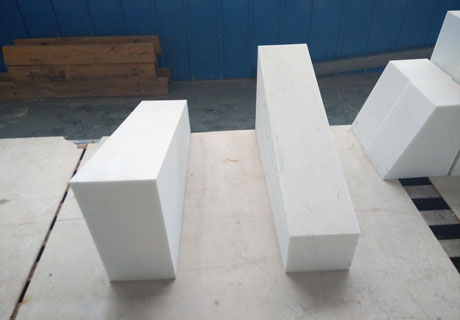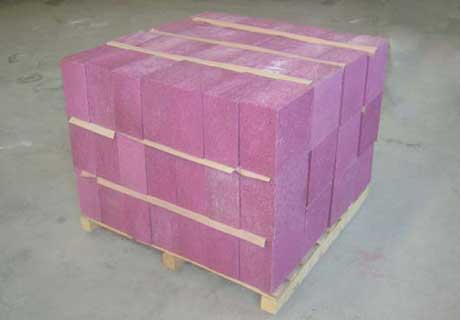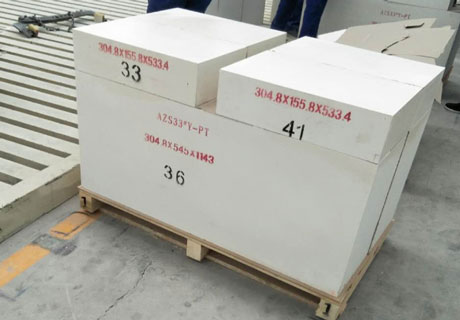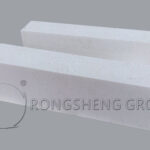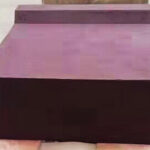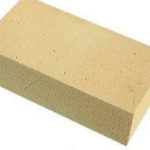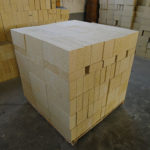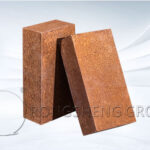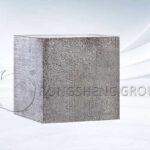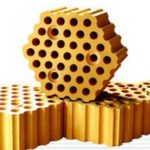Corundum brick is a general term for corundum refractory bricks. In fact, according to a variety of different corundum materials, corundum bricks can be made in various grades. In general, refractory bricks with aluminum content greater than 85% are called corundum bricks. Since corundum is divided into brown corundum, white corundum, and tabular corundum, there are many types of corundum bricks. In addition, corundum bricks can be classified according to the level of aluminum content and classified according to different bulk densities. There are also corundum refractory bricks in composite form, as well as corundum bricks in different production methods. Corundum bricks are also divided into heavy corundum bricks and light corundum bricks. Contact us for free samples and quotes.
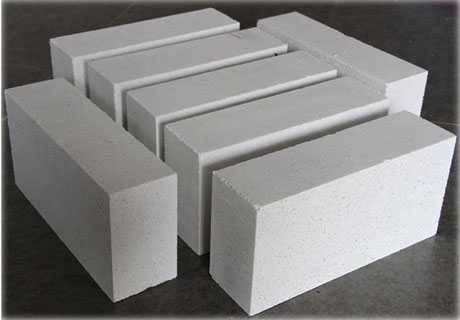
The Advantages of Corundum Brick
- It has good sintering activity and can improve the density of corundum bricks.
- The corundum brick of the tabular corundum has high bulk density and low apparent porosity.
- It has high normal temperature compressive strength, normal temperature flexural strength, and high-temperature flexural strength.
- Good wear resistance.
- The corrosion resistance and penetration performance of coal gasification slag and residual oil slag are better than pure fused white corundum bricks.
- As aggregate, it can improve the thermal shock stability of corundum bricks.
Corundum Bricks for Industrial Kilns
Different corundum bricks are produced according to different operating temperatures and working conditions of the kiln parts. In most cases, different grades of corundum bricks are made according to the working conditions and usage requirements of customers. Composite corundum bricks include brown corundum and silicon carbide composite bricks, corundum and silicon nitride composite bricks. There are also white corundum, tabular corundum and mullite composite corundum mullite bricks. Corundum mullite bricks are also lightweight, and they vary greatly in bulk density. There are corundum mullite bricks with different bulk densities between 1.5, 2.8-3.4. There are also corundum refractory bricks compounded with chromium. Chrome corundum refractory bricks are generally used in the lining of waste incinerators. In addition, there are composite bricks of zirconium and corundum, zirconium corundum bricks, which are mainly used in glass kilns.
Corundum bricks are divided into 85-98% aluminum content according to the aluminum content. Corundum bricks with a content of more than 95% are cast and formed. They are used more in glass kiln linings, and the price is quite expensive. Mainly used in glass kiln bottom to resist acid corrosion. There are AZS corundum brick, corundum mullite brick and so on.
If the corundum mullite brick is lightweight, it is produced and cut into the required shape, and the bulk density is generally around 1.5. It can be used in the high-temperature insulation layer or directly in the working layer, usually in the lining of light kilns. Such as shuttle kiln lining and some light tunnel kilns.
Heavy corundum bricks are very versatile but depend on the temperature and erosion of different kiln linings. The parts with extremely high temperatures and harsh environments will use white corundum bricks with a bulk density above 3.0, or corundum mullite composite bricks. The composite bricks combined with corundum and silicon nitride are generally used for furnace doors. This kind of brick must have a nitriding pool, and the production method is different from the method of corundum composite brown corundum brick.
Corundum bricks, corundum composite silicon carbide bricks, and corundum mullite bricks are all sintered at high temperatures.

Performance Comparison of Tabular Corundum Bricks and Fused White Corundum Bricks
Tabular corundum and fused white corundum are used as aggregates, and their different proportions have a certain influence on the properties of high-purity corundum bricks. Compared with tabular corundum, fused white corundum has a high SiO2 content of 0.10%, and the sodium content is unstable. In addition, the porosity of fused white corundum is as high as 8.8%, and most of them exist in the form of large pores alone or in the form of agglomeration of multiple pores. The tabular corundum is mostly small closed pores, which are dispersed inside the tabular corundum particles. For corundum bricks with different proportions of tabular corundum and fused white corundum, the linear shrinkage, bulk density, apparent porosity, flexural strength at room temperature and high temperature, thermal shock stability and wear resistance were tested after firing. Anti-erosion tests were carried out using coal-water slurry gasification slag and slag gasification slag. The results show that the corundum brick with tabular corundum as the aggregate has better performance than the corundum brick with fused white corundum as the aggregate. It is important that corundum bricks using tabular corundum have better performance in all aspects.
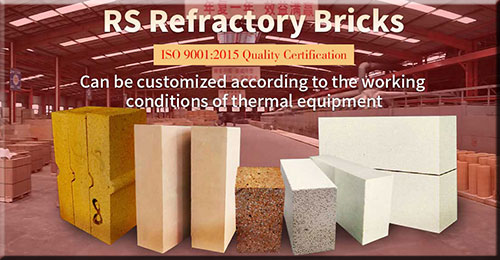
RS Corundum Bricks Manufacturer
So Corundum Bricks for Industrial Kilns are corundum bricks of many different materials and qualities. The price is also based on different aluminum content, different bulk densities, and different production methods. RS refractory brick manufacturer selects high-grade corundum material and a strict production process aims to provide high-quality corundum brick products for industrial thermal kilns.

